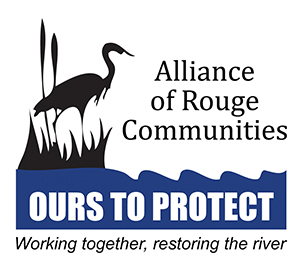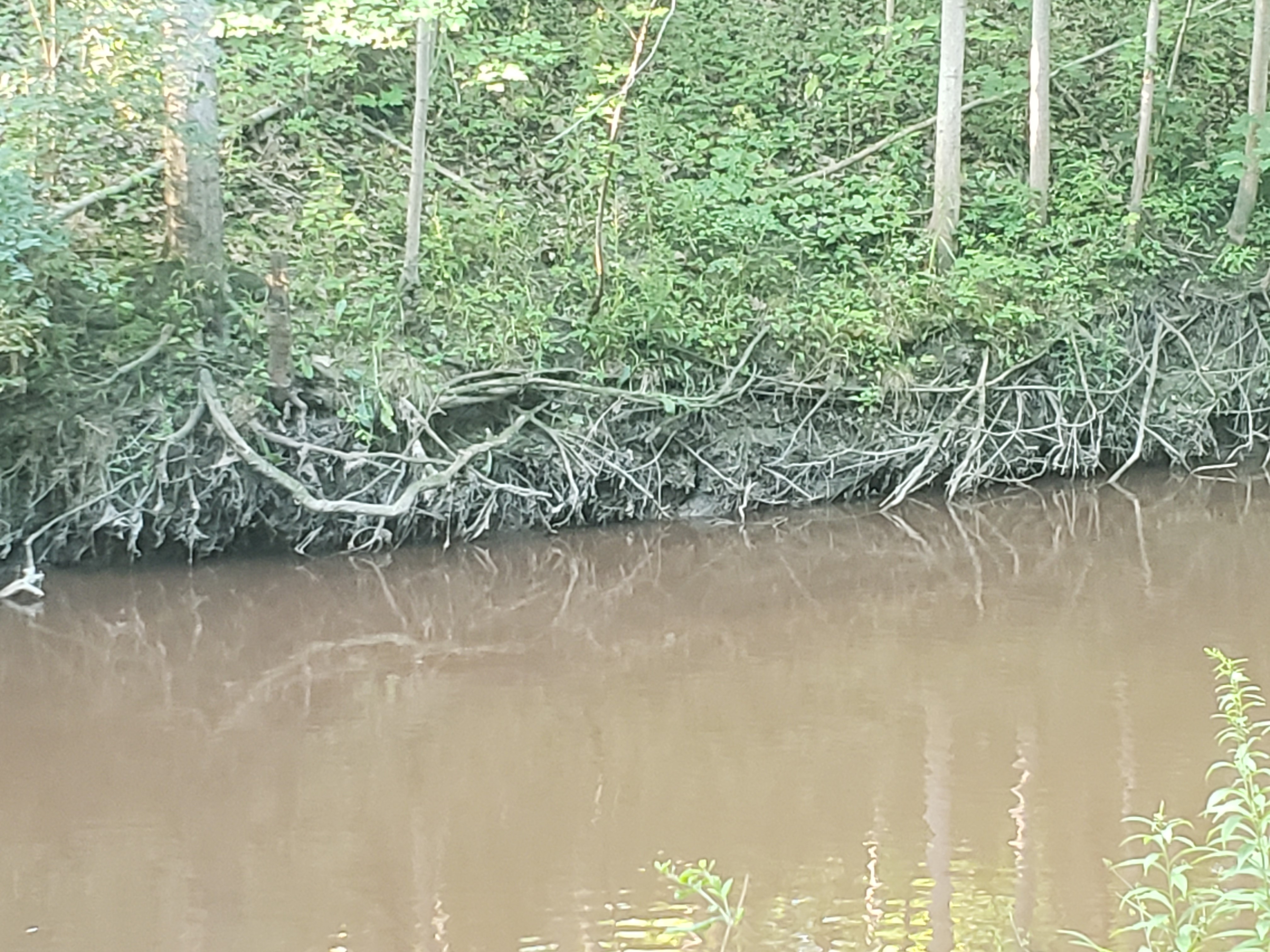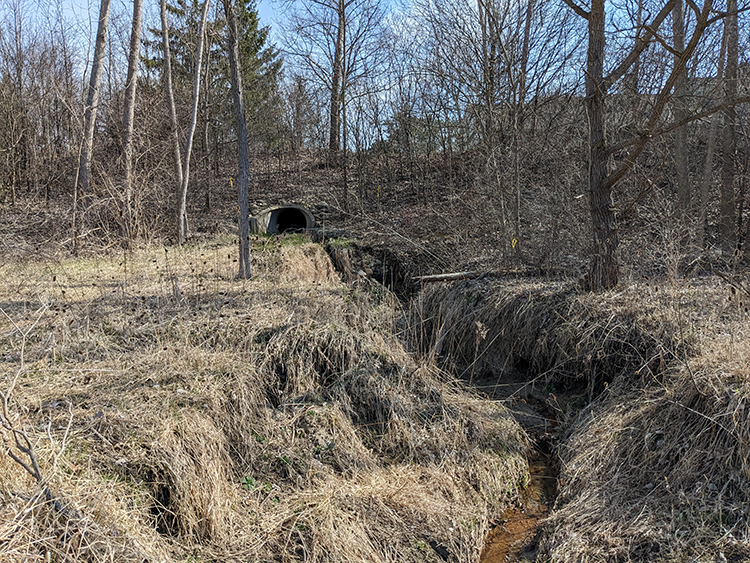 Restoration Project
Restoration Project
Seeley Creek Habitat Restoration
As water quality in the Rouge River continues to improve, the Seeley Creek Habitat Restoration project builds on past efforts to restore some of the damage done during the last century. Tributaries of the Rouge River have suffered from loss and impairment of aquatic habitat and increased frequency and magnitude of flood flows, primarily due to increasing urbanization within the watershed. The flat river slope and the meandering channel can not pass the large flows associated with rain events. Upstream urbanization continues to exacerbate this problem as runoff from increased amounts of impervious surfaces culminates in flooding within the river system, bank erosion, and continued habitat degradation. The project has enhanced habitat in the creek and adjacent floodplain by stabilizing the streambed, eroding banks, and adding stream substrate. Invasive species management was conducted to increase diversity of native plant species. The project has enhanced habitat for fish and aquatic species as well as improved habitat for birds, amphibian and terrestrial species.
In 2008 a morphological monitoring and assessment demonstrated that a portion of Seeley Drain was morphologically unstable due to entrenchment, and that habitat diversity was low due to a lack of coarse substrates, lack of stable woody debris, and lack of pool habitat.
The design included the addition of 30+ grade control structures using coarse river aggregates and woody debris to control bed erosion and create pool habitat. Coarse substrates were added to provide diversity to the creek bed. Grade control structures such as rock riffles have increased habitat diversity by directly adding coarse substrates, promoting natural sediment sorting (creating deposits of coarse debris), increasing flow velocity heterogeneity, and creating pool habitat. The overall stability of the aquatic habitats have been improved by reducing flow energy and bed/bank erosion. These efforts have resulted in 1,600 feet of restored/improved stream habitat.
In addition, restoration of approximately 5 acres of riparian wetland areas was designed and implemented. The wetlands were impaired by hydrological alteration and invasive species colonization. Erosional gullies had formed through the wetlands, which was promoting their drainage, decreasing their hydroperiod, and encouraging loss of native vegetation and establishment of invasive species. These conditions also impaired their water quality function by preventing or reducing naturally filtering processes. To restore the wetlands, the gullies were filled, and stabilized, invasive species were treated and managed using the most effective means available, and native wetland species were planted.

